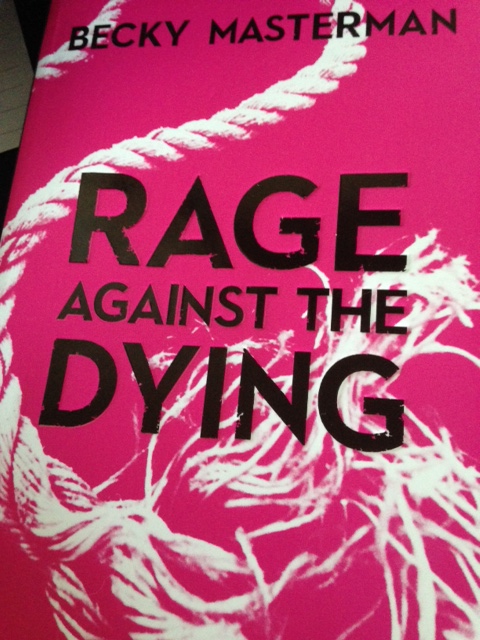This is the first book of crime month. It’s the book I picked up on a whim while out shopping because it had a nice cover and the blurb made me want to read the book.
In a nutshell
A retired female FBI agent is trying to move on with her life after a career of gore and horror. But when an agent throws protocol out of the window and pulls her back into her most notorious unsolved cases, her past comes back to haunt her.
Thoughts
The first person narrative works well, because the protagonist has a distinctive voice and an intriguing story to tell. She’s a strong, older woman (older that you would expect her to be based on what the author has her doing).
The character is so strong, that she sweeps you along into the story with the force of her personality.
The plot was gory, but compelling. Most of the characters introduced had their own storylines going on which at some point intersected with the protagonist and the main storyline. The author has a great way of introducing you to elements that you only realise the full significance of later.
I loved the short chapters. The author wastes no words and always provides a reason to turn the page.
The way the author uses description in setting the scene also stood out. In my own writing, I have a tendency to use as little scenery description as possible. I’ve been working introducing more of this description, without slowing down the action. The description in this book often adds to the tension, which is an effective way to do two things at once.
After I finished the book I had a look at what other readers were saying. Fifty one per cent of Goodreads reviewers gave the book 4 stars (I gave it 5). One complaint was that the author had kept using the same phrase. Now, I didn’t notice this at all, but then I have read the Autumn series, so I’m probably numb to that now.
Another criticism was that the character took stupid risks for someone that used to be in the FBI and that she wasn’t human. I thought she had plenty of depth, and yes, she did make stupid choices, but I understood why she made them.
Great characters do make stupid choices, otherwise they’d never be in peril. I mean, what the hell is Bilbo Baggins doing going off on an adventure to defeat a dragon? He’s a Hobbit! And Elinor Dashwood from Sense and Sensibility, why didn’t she just tell Edward Ferrars that she fancied him, rather than faff around for an entire book?
Because the way a character reacts to an event is tied to who they are, who they have been, who they want to become and the world in which they live. Bilbo quite fancied going on an adventure, he could see what he was turning into and he didn’t like it. Elinor was so mired in the social norms of her day that she couldn’t bring herself to say anything (unlike her sister).
Brigid, the main character in Rage Against the Dying, didn’t just go around making stupid choices for kicks, or because it made for interesting reading. She did what she did because of who she was. It’s one of those books that you need to read until the end to appreciate every aspect of her character. You may not like her (I did!), but she’s certainly not boring.
Rage Against the Dying is by Becky Masterman (and I believe the original concept for the book was born during a NaNoWriMo – which I find inspiring).

One Response to March Reading challenge: Book# 1: Rage Against the Dying
[…] think Rage Against the Dying was the one I liked best out of the three books I chose. It had just the right amount of suspense […]
Comments are closed.